I wanted to write a quick post about the presentations I've committed to for the fall (SEAC) and spring (SAA) conferences, as they give you a pretty good idea on what's going on with some of my "big picture" work. I gave a presentation about my work on understanding the Kirk Horizon to the Augusta Archaeological Society at the end of August, and I'll be giving an informal presentation to SCIAA next week synthesizing what we know so far about the natural/cultural deposits at 38FA608 (site of last spring's Broad River Archaeological Field School). Here's what I'll be doing at the regional and national conferences:
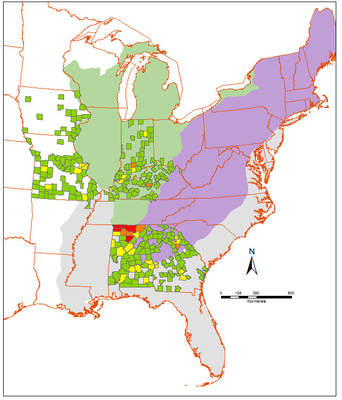
David Anderson and I are teaming up to give a paper titled "Structure, Density, and Movement: Large-Scale Datasets and Basic Questions about Early Foraging Societies in the Eastern Woodlands." The paper will part of a symposium organized by Shane Miller, Ashley Smallwood, and Jesse Tune titled The Paleoindian and Early Archaic Southeast: The Last 20 Years, 1996-2016. Here is the abstract of our paper:
"Distributions of diagnostic projectile points show that the Paleoindian and Early Archaic societies of the Eastern Woodlands were spatially-extensive, occupying vast and varied landscapes stretching from the Great Lakes to the Florida Peninsula. The scales of these societies present analytical challenges to understanding both (1) their organization and (2) how and why the densities and distributions of population changed during the Late Pleistocene and Early Holocene. We integrate several large datasets – point distributions, site locations, and radiocarbon dates – to address basic questions about the structure and demography of the Paleoindian and Early Archaic societies of the Eastern Woodlands."
We'll be integrating data from PIDBA, DINAA, and my ongoing radiocarbon compilation. There will be some significant work involved in meshing all this stuff together in a GIS framework that we can use analytically, so that will be one of the main things on fire for me in the coming month.
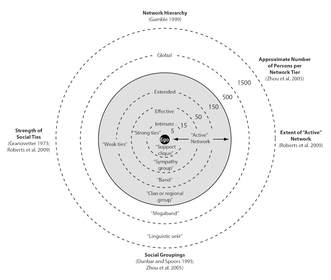
At this year's SAA meetings, I'll be contributing to Scott Jones' symposium titled Forager Lifeways at the Pleistocene-Holocene Transition. My paper is titled "Patterns of Artifact Variability and Changes in the Social Networks of Paleoindian and Early Archaic Hunter-Gatherers in the Eastern Woodlands: A Critical Appraisal and Call for a Reboot." Here is the abstract:
"Inferences about the social networks of Paleoindian and Early Archaic hunter-gatherer societies in the Eastern Woodlands are generally underlain by the assumption that there are simple, logical relationships between (1) patterns of social interaction within and between those societies and (2) patterns of variability in their material culture. Formalized bifacial projectile points are certainly the residues of systems of social interaction, and therefore have the potential to tell us something about social networks. The idea that relationships between artifact variability and social networks are simple, however, can be challenged on both theoretical and empirical grounds: complex systems science and ethnographic data strongly suggest that patterns of person-level interaction do not directly correspond to patterns of material culture visible at archaeological scales. A model-based approach can be used to better understand how changes in human-level behaviors “map up” to changes in both the system-level characteristics of social networks and the patterns of artifact variable that we can describe using archaeological data. Such an approach will allow us to more confidently interpret changes in patterns of artifact variability in terms of changes in the characteristics and spatial continuity/discontinuity of social networks during the Pleistocene-Holocene transition in the Eastern Woodlands."
This is a basket of questions that was the main focus of my dissertation work. My goal is to lay out the case for why we really need to be doing things differently than we are in order to get at questions about social networks and social interaction. With the SAA meetings still months away, I plan to do new modeling work to support my argument. If I'm to do that, I'll have to ramp up my modeling efforts and deal with some issues around adding space back into the main models I've been working with. It needs to be done, so committing to a paper is a way to make sure I prioritize it.
I'll also be participating in a "Lightning Round" about engaging pseudoarchaeology. In this session (organized by Khori Newlander), the participants will each get just three minutes. No abstract is required for this one. As of now, I plan to use my time for "Swordgate: How to Win Friends and Influence People."
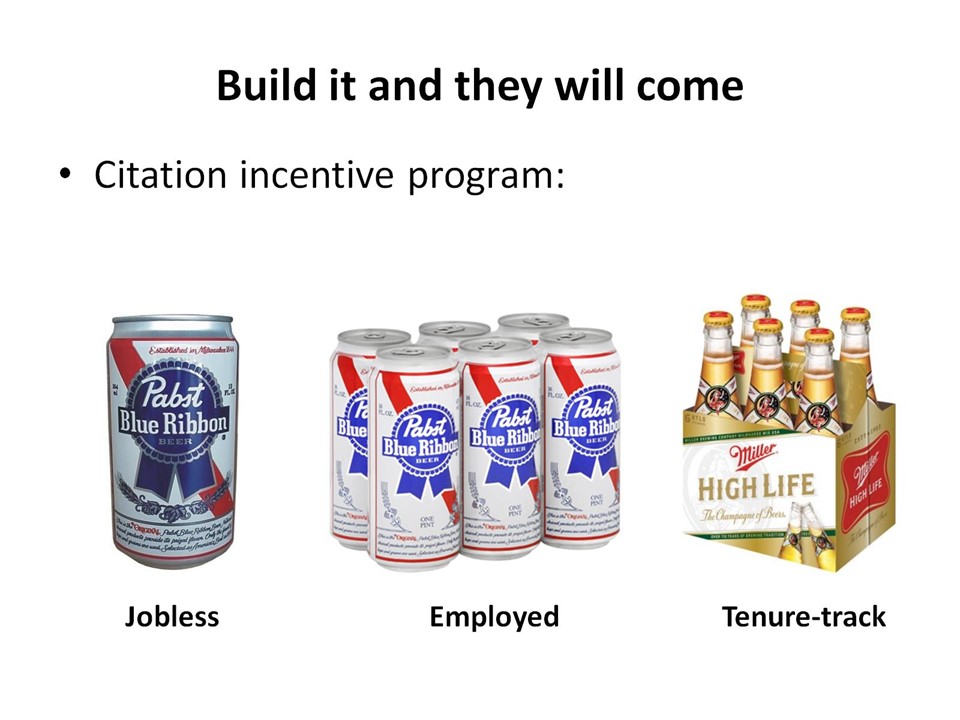
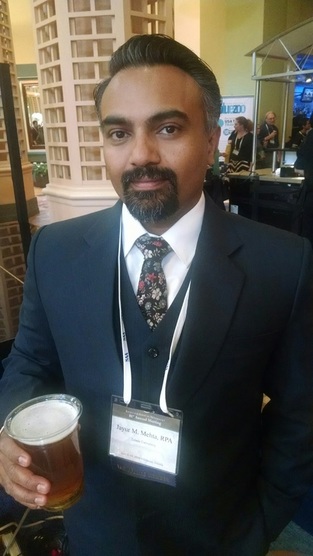
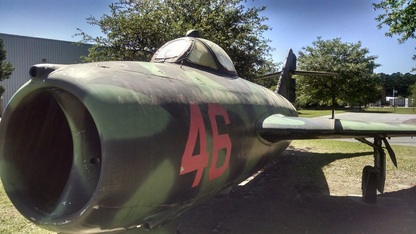
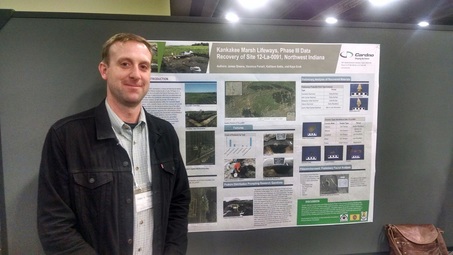
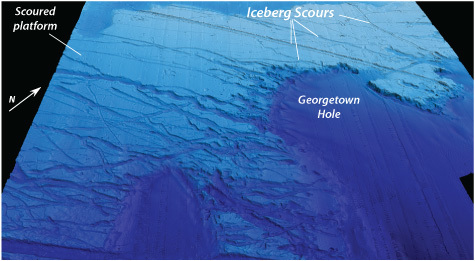


 RSS Feed
RSS Feed
